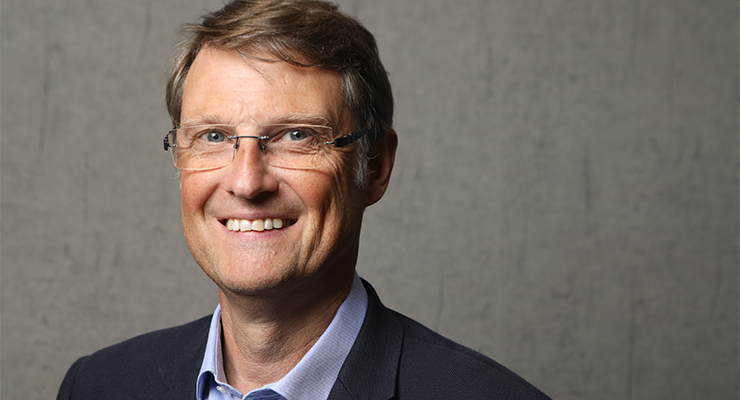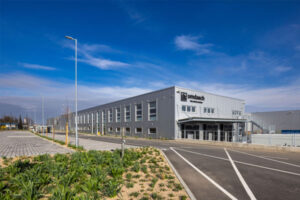ACROSS: FROM YOUR PERSONAL POINT OF VIEW: WHAT ARE THE BIGGEST CHANGES YOU HAVE SEEN IN YOUR FOUR DECADES WORKING IN RETAIL AND FOR C&A?
NORBERT W. SCHEELE: One catchphrase springs to mind: the rise of the retail park. When I arrived in Austria in 1990, not only was the C&A expansion in full swing, but the construction of retail parks was on the rise. Moving away from city centers, opening up rural areas, and using this innovative format, with all of its strengths and at that time completely new and smaller space formats, was a very big and highly successful step for the retail real estate sector and, by extension, for fashion retail. Retail parks are a success story and continue to offer added value for companies like C&A.
ACROSS: STRONG SEGMENTATION IS CURRENTLY BEING EXPERIENCED IN THE RETAIL SECTOR. GROWTH IS TAKING PLACE AT THE POLES OF LUXURY AND DISCOUNT. WHAT ARE THE DEVELOPMENTS WITH REGARD TO THE MID-RANGE SEGMENT?
SCHEELE: Growth in the discount sector at chain stores such as Tedi, Pepco, and Action cannot be disregarded. Nevertheless: The mid-range segment has its rightful place as well, precisely because it can authentically position itself with respect to today’s defining social issues, such as sustainability, the environment, and social justice. Discounters can’t do that. In addition, the midrange segment represents diversity and can offer much more in terms of sizes and colors in the fashion sector, for example.
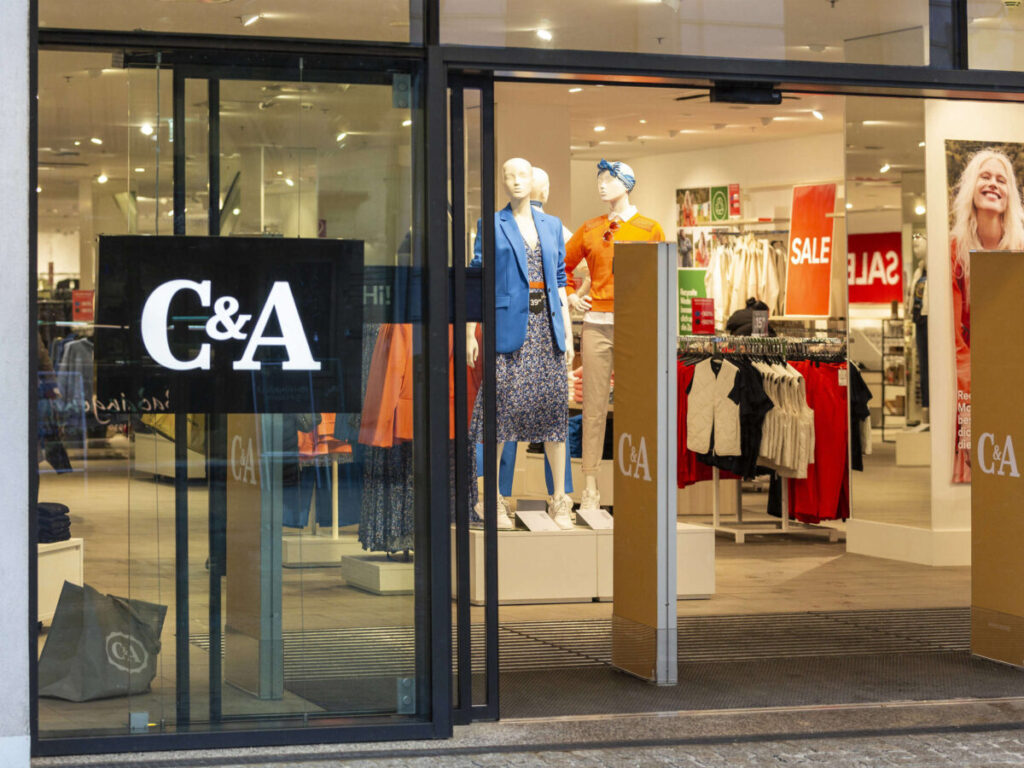
ACROSS: STILL, BANKRUPTCIES IN RECENT YEARS HAVE ALMOST EXCLUSIVELY COME FROM THE MID-RANGE SEGMENT.
SCHEELE: The so-called mid-range segment, which primarily consists of SMEs, is struggling under the weight of considerable economic pressure. The Austrian clothing retail sector, which is a sad example, is still lagging behind its 2019 turnover despite a 20% increase in salaries and a 20% increase in rental and energy costs. There is also the major issue of tied-up capital: Seasonal collections have to be pre-financed. Unfortunately, all of this has become increasingly difficult rather than easier.
ACROSS: DISCOUNT FORMATS ARE ALSO STEPPING OUT OF THE SO-CALLED “CHEAP CORNER” AND RENTING LARGE SPACES AT HIGH-QUALITY SHOPPING CENTERS AND IN HIGH STREETS. DO YOU THINK THAT IS BENEFICIAL TO THE LOCATIONS?
SCHEELE: For a center, the top priority is always to create a wide range of offers – ultimately, that’s a good thing for all tenants. Footfall is the key indicator for every location and the formats mentioned do generate footfall. That, however, is not the only approach. If the mix is right, discount formats have a justifiable place; then it’s up to all retailers to design their spaces in a way that attracts customers.
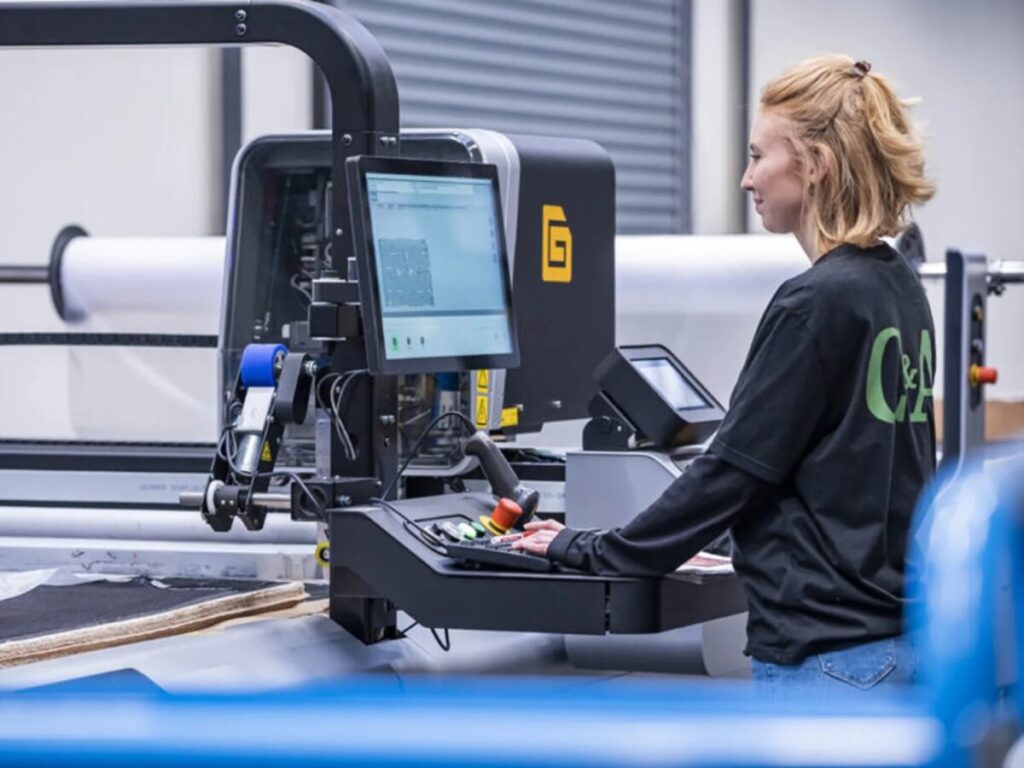
ACROSS: DO YOU HAVE A PREFERRED LOCATION FORMAT?
SCHEELE: No, I don’t. Whether it’s a shopping center, high street, or retail park, it all depends on the location as well as the current economic situation. Competitors and footfall are the most important factors for us when it comes to assessing location. Retail parks did extremely well during the pandemic. At present, footfall at centers is back on track and high streets are making a comeback. The latter, in particular, represents a very important development, as the extinction of city centers would be catastrophic for the retail sector. Across all formats, however, good locations remained good or improved during the pandemic. Poorly performing locations became even less attractive. It goes without saying that we are focusing our attention on the good locations.
ACROSS: WHERE DOES C&A STAND WHEN IT COMES TO EXPANSION?
SCHEELE: As our CEO Giny Boer always said: 100 additional stores are C&A’s declared expansion target. The current focus is on Poland and Romania, in particular. A lot is being built and developed there, and we naturally want to be a part of the process. While we are continuing to expand in Eastern Europe, our efforts in the Western countries have more or less been concluded. The focus in those countries is primarily on issues such as repositioning and format optimization. The key question is: To what extent has a location changed, and what does that mean for the range, layout, and modernization measures?
ACROSS: HOW HAVE STORE SIZES DEVELOPED IN GENERAL?
SCHEELE: There used to be areas of up to 10,000 sq m. Today, a size of 3,500 sq m is considered ideal when it comes to displaying the totality of a given product range. We see this trend in all retail industries in the market. Products that cannot be displayed within the space are offered via the online store and are subsequently delivered to the store via omnichannel solutions, for example.
ACROSS: HOW DOES C&A INTERLINK OFFLINE AND ONLINE?
SCHEELE: There was a certain learning curve in that area for retailers and, therefore, for C&A as well, both culturally and technologically. Today, our customers can check via app whether a certain product is available online and/or at a brick and mortar store in the area. Similarly, store employees can see what can be offered directly to customers in-store or, in the event of uncertainty, what can be ordered in-store. There are also interactive elements that suggest, for example, how clothes can be combined. This network has performed extremely well for nearly three years. Online and offline belong together – there is no separation. Nevertheless, our focus has remained on our brick-and-mortar business, and online sales still account for a single-digit share of total sales.
ACROSS: WHAT IS YOUR TAKE ON CONSUMER TRENDS AND KEYWORDS SUCH AS SUSTAINABILITY AND FAST FASHION IN THIS CONTEXT?
SCHEELE: This is a development that is as exciting as it is inconsistent – and that is what makes the issue so challenging. There’s no doubt that sustainability and knowledge about products and companies are of great importance, especially among young people. However, the younger generations also order online and return a significant number of products. Younger generations are also particularly susceptible to Asian retailers, such as Temu, which have flooded the European market with short-lived, cheap products. This area of conflict primarily shows that there is a lack of information and education. This is something that we as a company and with the Austrian retail Association need to address, as do educational institutions.
ACROSS: HOW DOES C&A POSITION ITSELF VIS-Á-VIS THE CUSTOMER?
SCHEELE: The guiding principle is clear: C&A offers affordable, fashionable, and high-quality clothing for everyone. The focus is firmly on the family as a whole. In recent years, sustainability has been added to our positioning, which is reflected in our slogan: “We care for People and Planet”.
ACROSS: WHAT IS C&A DOING IN THE AREA OF SUSTAINABILITY?
SCHEELE: C&A has been pursuing a sustainability strategy for many years now. We are one of the largest sellers of organic cotton in the world. Our entire baby and children’s department, for example, is bio cotton. We also engage in a number of small projects, such as the take-back of clothing, which is then reprocessed. Transparent information about our activities is provided via our sustainability report. For the past two years, we have specifically addressed this issue on social media platforms – with the help of influencers. Bringing the production of denim back to German soil was a very important step for the company. Our denim factory opened in Mönchengladbach just under five years ago. Some 700,000 pairs of jeans have been “Made in Europe” there, all manufactured in accordance with the applicable environmental and social standards. Customers are aware of that fact and greatly appreciate it.
ACROSS: AT THE BEGINNING OF OUR DISCUSSION, WE TALKED ABOUT SOME OF THE BIGGEST CHANGES. IN CONTRAST, WHAT DO YOU THINK THE BIGGEST CURRENT CHALLENGE IS?
SCHEELE: One of the biggest changes/challenges revolves around employees – without a doubt. The trend that we’ve observed over the past few years is that retail appears to have become less and less attractive. This is due to the fact that young people, in particular, pursue increasingly flexible working models. I am, indeed, concerned about this development. People used to be eager to work in retail precisely because such jobs allowed employees to interact with other people and quickly advance their careers. A return to that mentality should be our primary objective.
ACROSS: THE MOOD IN THE RETAIL WORLD HAS NEVER BEEN SO DIVERGENT WITH RESPECT TO EASTERN AND WESTERN EUROPE. WHILE THE WEST IS COMPLAINING, THE EAST IS GETTING DOWN TO BUSINESS AND OPENING STORES. THAT IS PARTICULARLY TRUE FOR EMPLOYEES. YOU ARE QUITE FAMILIAR WITH BOTH SIDES: WHAT IS YOUR ASSESSMENT OF THESE TWO EUROPEAN WORLDS?
SCHEELE: Irrespective of the different historical and current economic developments, there is one observation that specifically stands out: The value placed on work is higher in Eastern Europe. That is reflected, for example, in the part-time employment rate, which is almost negligible in Eastern Europe. I find Western Europe, where work has become less attractive in recent years, somewhat concerning. On the one hand, people actually want to work less, which can be seen, for example, in the increase in part-time contracts, even for men or those without children. On the other hand, the current non-wage labor costs in a country like Austria are a major problem.
SATISFIED RETAIL EMPLOYEES
In cooperation with Mindtake Research, the Austrian Retail Association surveyed employee satisfaction in the Austrian retail sector. Key survey takeaways:
- 85% of employees in the Austrian retail sector rate their jobs as attractive.
- 79% are satisfied with their working hours.
- 77% would recommend their jobs to others.
- 75% would recommend their employers to others.
- 73% rate working on Saturdays as attractive.
ACROSS: WHAT COULD BE POSSIBLE SOLUTIONS?
SCHEELE: Non-wage labor costs are an important issue. Those who work twice as much should also be paid twice as much. Education is also needed. A 25-year-old must be made aware of what he will receive when he retires if he continues to work part-time. These are issues for the areas of education and politics. As a company, we are trying to create more attractive administrative jobs that offer working from home and flexitime options. That has resulted in a great deal of improvement and an increased level of satisfaction in recent years.
ACROSS: SUCH OFFERS ARE DIFFICULT TO IMPLEMENT IN THE STORES THEMSELVES, AREN’T THEY?
SCHEELE: Long working hours and working on Saturdays are unattractive and are deterrents. However – and this is where things get exciting – people who already work in retail have completely different opinions. The Austrian Retail Association commissioned Mindtake Research to conduct a survey on employee satisfaction in the retail sector. According to the study, 85 percent of employees in the Austrian retail sector rated their jobs as attractive. Among apprentices, the figure rose to 100 percent. Given these impressive figures, the discrepancy between the mood in retail and external perception is all the more dramatic.
ACROSS: WHAT SHOULD HAPPEN NEXT AS A RESULT?
SCHEELE: The challenge for retailers and their associations is clear: How do we effectively advertise and provide proper information to ensure that the attractiveness of the retail sector shines through? This, of course, also calls for political action. We need to become more flexible in terms of legislation in Western Europe. For example, the framework legislation in collective agreements must be relaxed in order to allow more flexibility in issues such as weekend working hours. In today’s environment, where individual forms of employment are more in demand than ever before, rigid laws will not get us anywhere. Not only should this apply to a reduction in working hours, but a person must also be able to say that they want to work evenings and/or weekends for organizational or family-related reasons. As a trade association, we will not be negligent in positioning our pain points with politicians.
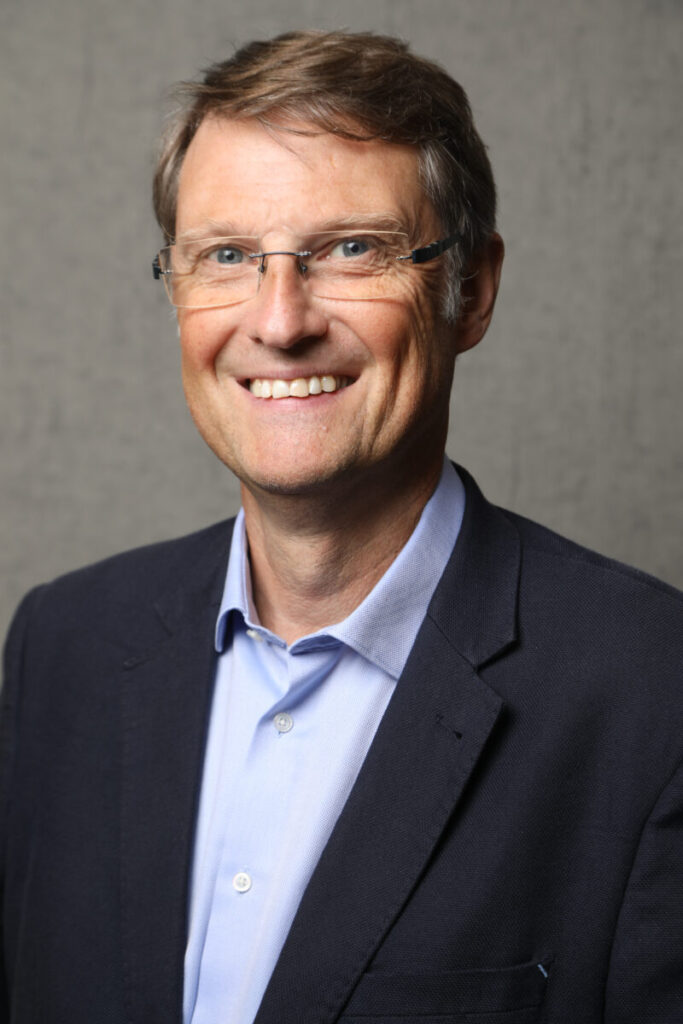
NORBERT W. SCHEELE
Norbert W. Scheele began his career at C&A over 40 years ago as part of a six-year trainee program, during which he got to know the company from the ground up. When the expansion of C&A in Austria began in 1990, Scheele was appointed Branch Manager in Linz. From 2002 to 2009, he was a member of the Austrian management team in his roles as Expansion Manager and Head of Region, Central and Eastern Europe. After three years as Country Manager for Switzerland and Italy, he returned to the leadership of C&A Austria and CEE in 2012, taking over the management of more than 350 stores and approximately 5,000 employees in nine countries. He has been working on the expansion strategies for C&A as Head of European Expansion since 2023, particularly for the growth area of CEE. In addition to his work for C&A, Scheele has been Vice President of the Austrian Retail Association and Head of the Fashion and Sport Circle since 2016.

